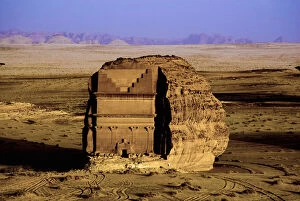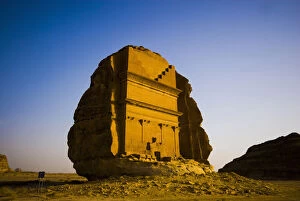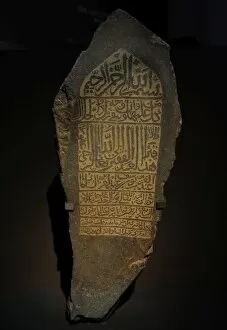Qasr Collection
Qasr, meaning "palace" in Arabic, holds a significant place in various locations across the Middle East
All Professionally Made to Order for Quick Shipping
Qasr, meaning "palace" in Arabic, holds a significant place in various locations across the Middle East. One such they are be found at the corner of Kasr El-Nil and Sherif Pasha Street in Cairo, Egypt. This historical site showcases the rich cultural heritage of the city. In downtown Cairo, on Qasr El Nil Street, stands another architectural marvel that captivates visitors with its grandeur. The intricate design and Islamic art displayed on tombstones like that of Yusuf and Muhammad transport us back to 1199 AD when these masterpieces were created. Moving towards Syria, we find ourselves standing outside the National Museum of Damascus. Its exterior boasts ancient relics from different eras, including an impressive collection of Islamic art. Among them is a tombstone signed by Ibrahim wrote belonging to Yusuf's era. Another gem worth mentioning is the Azm Palace located in Damascus, Syrian Arab Republic. With its stunning facade and exquisite craftsmanship, it serves as a testament to the opulence enjoyed by rulers during their reigns. Not limited to land-based structures alone; Qasr Ibrim sits gracefully on the River Nile in Egypt. This boat offers a unique perspective for travelers exploring this historic waterway while admiring breathtaking views along their journey. Lastly, we travel to Tehran where Qasr Shah Emarat-e xoruji awaits our arrival—a summer residence known for its beauty and elegance within Iran's capital city. From palaces embodying luxury and power to museums preserving history through artifacts and art pieces—these diverse interpretations remind us of humanity's enduring fascination with architecture throughout time and across borders.












